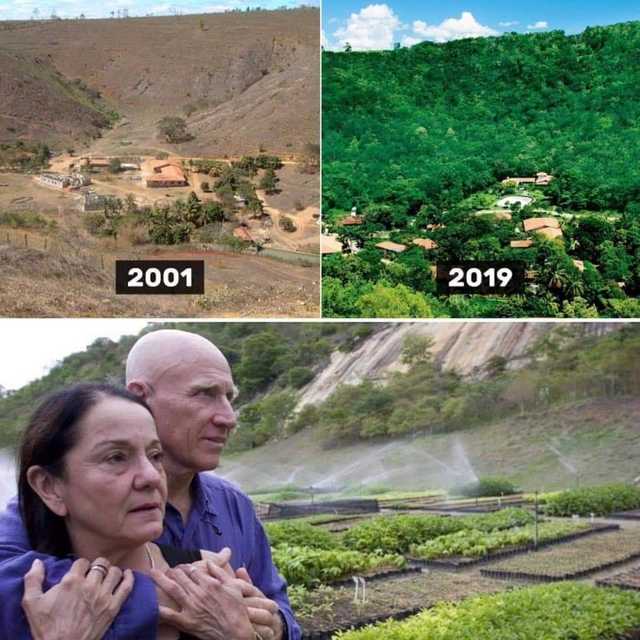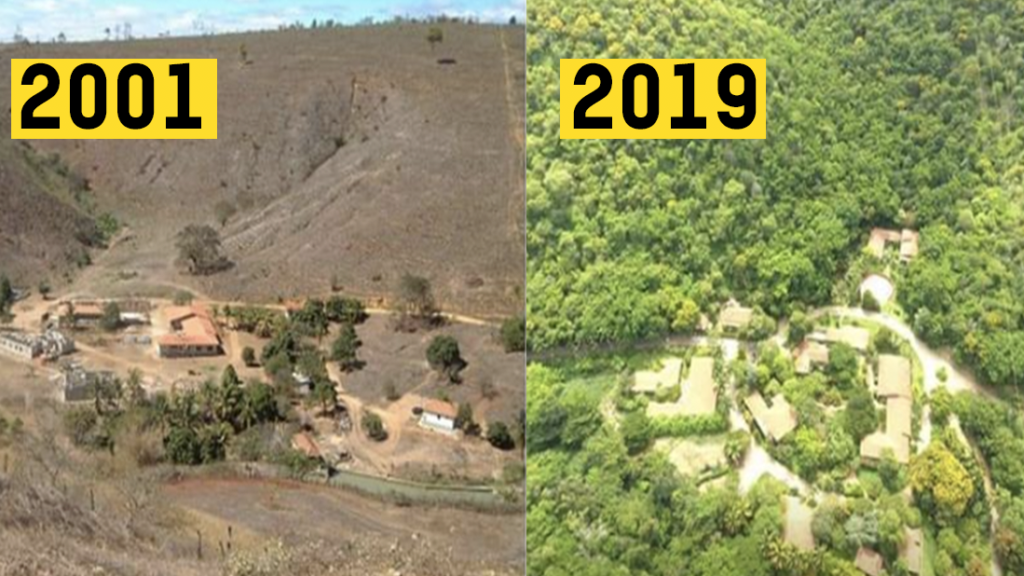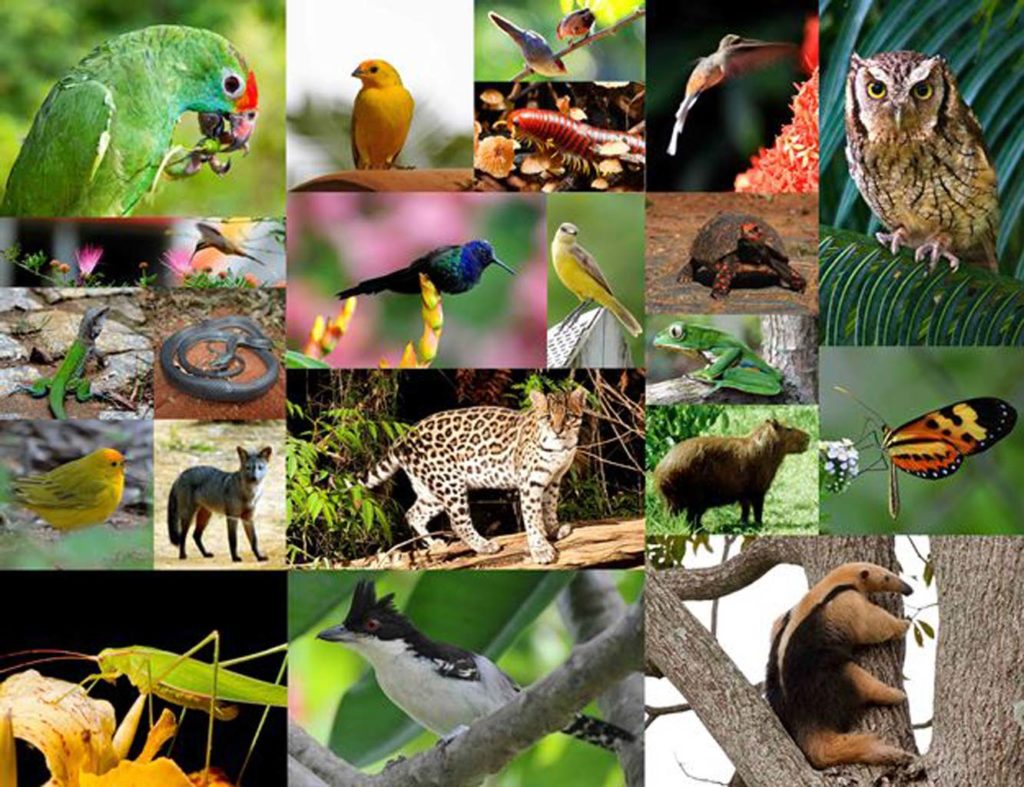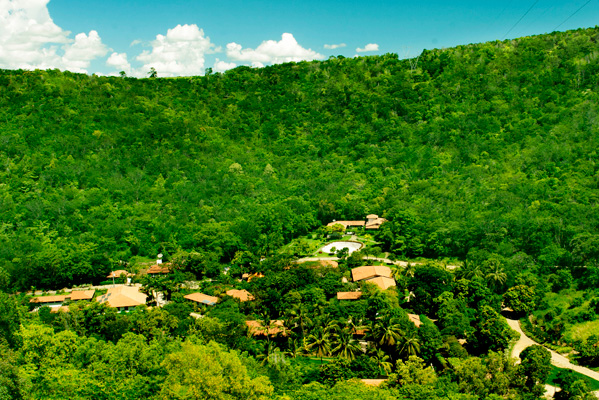A Brazilian Couple Completely Replanted A Slashed And Burned Rainforest- Now, Over 500 Plant & Animal Species Have Returned
In 1994, Brazilian photojournalist Sebastião Ribeiro Salgado returned home to Brazil from Africa, where he had been covering the Rwandan Genocide. He was traumatized and wanted to find healing in the rainforest he’d grown up in. But when he got home he saw it had all been chopped down.
It was at that time that Salgado’s wife Lélia made a near-impossible proposal: replant the entire forest. Together, along with 24 workers and many volunteers, they planted the first seed in 1999. Since then, they have planted more than 2 million saplings of 293 species of trees and rejuvenated 1,502 acres (608 hectares) of tropical rainforest. The biodiversity-rich zone has recently been declared a Private Natural Heritage Reserve (PNHR).
Eight water springs which once were dried up, are now flowing at around 20 liters per minute, relieving the drought-prone region of it’s previous problems. Salgado’s forest proves climate change can be reversed: the forest now brings more rainfall and cooler weather to the area.
And the animals have returned. More than 172 species of birds, 33 species of mammals, and 15 species of amphibians and reptiles have been spotted in the forest interiors. Many of the plant and animal species there are endangered and enjoy the protection they receive in the forest.
For each tree we plant, we are adding 118 kgs (260 lbs) of oxygen to the air every year, and reducing the carbon footprint by 22 kgs (48 lbs). A 1502-acre rainforest was created in just 20 years because of the dream of just two people. There is much hope; humans CAN heal the environment.

More Amazon Rainforest facts:
More than 20 percent of the world’s oxygen is produced in the Amazon Rainforest.
More than half of the world’s estimated 10 million species of plants, animals and insects live in the tropical rainforests.
One-fifth of the world’s fresh water is in the Amazon Basin.
Rainforests everywhere must be declared World Heritage Sites that do not belong to any one country- they belong to everybody. They are not to be “used” at all, instead protected in perpetuity.
Countries around the world should send troops in to make the Amazon Rainforest a protected international biosphere.



